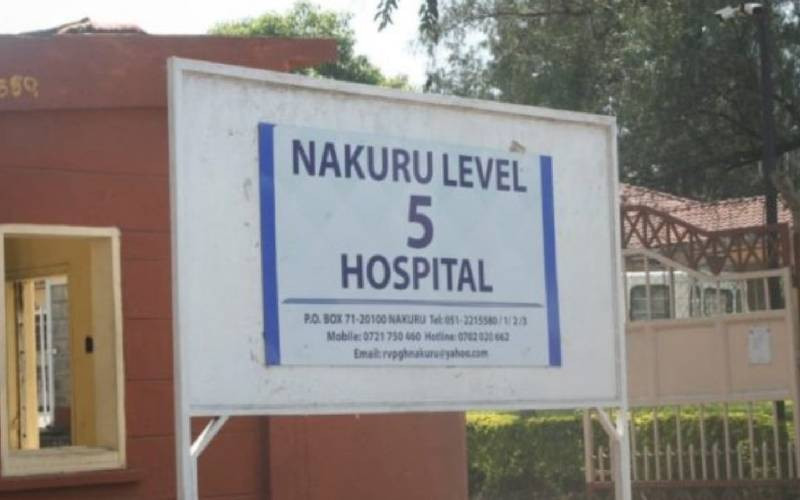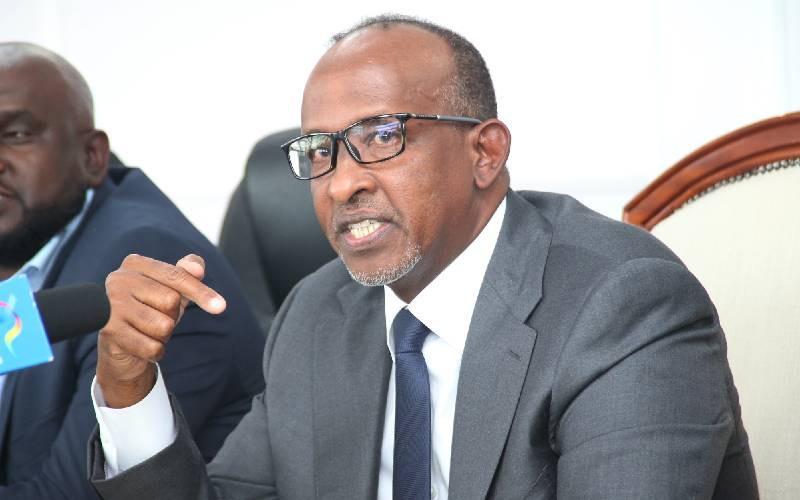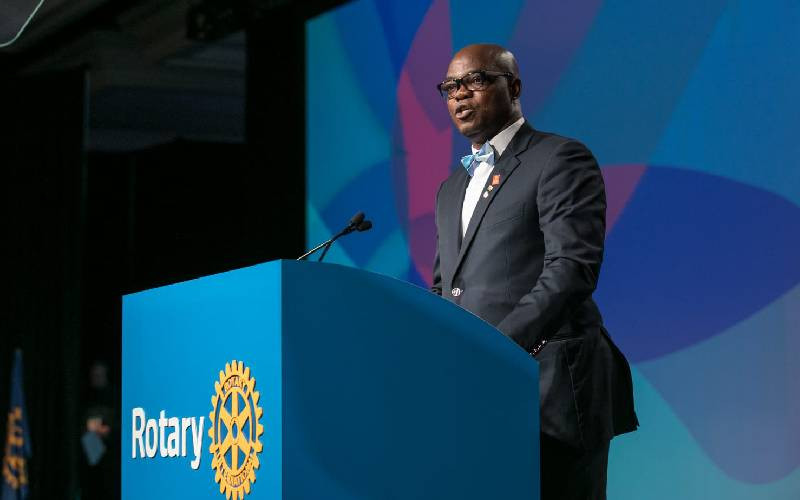
Aesthetic dentistry’s roots trace back to ancient civilisations such as the Egyptians and Etruscans, who used gold, ivory, and other materials for dental enhancements and prosthetics.
Over time, these practices evolved through the Middle Ages into the advanced procedures seen today.
As early as 3,000 BCE, Egyptians crafted dental crowns and bridges from gold. They also used seashells to replace lost teeth.
Other civilisations followed in their footsteps. The Etruscans, who lived in what is now central and northern Italy, are credited with elevating basic dentistry to an art form, experimenting with gold fillings and artificial tooth implants. In 700 BCE, they made dentures from ivory and animal bones.
Today, Turkey has emerged as a global leader in aesthetic dentistry, attracting patients from around the world seeking affordable yet high-quality treatments.
Beyond Turkey, other countries known for their accessible and high-standard dental care include Mexico, Costa Rica, India, Thailand, and Croatia.
In Kenya, the demand for aesthetic dentistry has surged in recent years, with patients seeking advanced treatments beyond basic dental care.
This shift is driven by increased awareness of procedures such as bleaching, veneers, crowns, invisible braces, and dental implants.
The expansion of dental practices and the growing number of dentists offering these services reflect the rise of aesthetic dentistry in the country.
Aesthetic dentistry is now common in urban centres, where higher disposable incomes make such treatments more accessible.
People are increasingly willing to invest significant amounts in aesthetic dentistry for both medical and aesthetic purposes.
It is now one of the most in-demand services among dentists, alongside procedures like tooth extractions.
However, the limited number of qualified dentists in the country, relative to the large population, has created opportunities for unlicensed practitioners to exploit the growing demand.
Technological innovations, such as digital imaging, CAD/CAM, laser technology, and 3D printing, are becoming increasingly vital in Kenyan dental practices.
These advancements provide more precise and efficient solutions for dental restorations and procedures.
In February, Arrow Dental Centre introduced the country’s latest dental technology—the FINSCAN-F350 (by Eighteeth Medical), a 3-in-1 CBCT device with AI-powered analysis.
As the first of its kind in East Africa, this cutting-edge tool enhances diagnostic accuracy, marking a significant leap forward for the region’s dental sector.
 The Standard Group Plc is a multi-media organization with investments in media
platforms spanning newspaper print
operations, television, radio broadcasting, digital and online services. The
Standard Group is recognized as a
leading multi-media house in Kenya with a key influence in matters of national
and international interest.
The Standard Group Plc is a multi-media organization with investments in media
platforms spanning newspaper print
operations, television, radio broadcasting, digital and online services. The
Standard Group is recognized as a
leading multi-media house in Kenya with a key influence in matters of national
and international interest.











